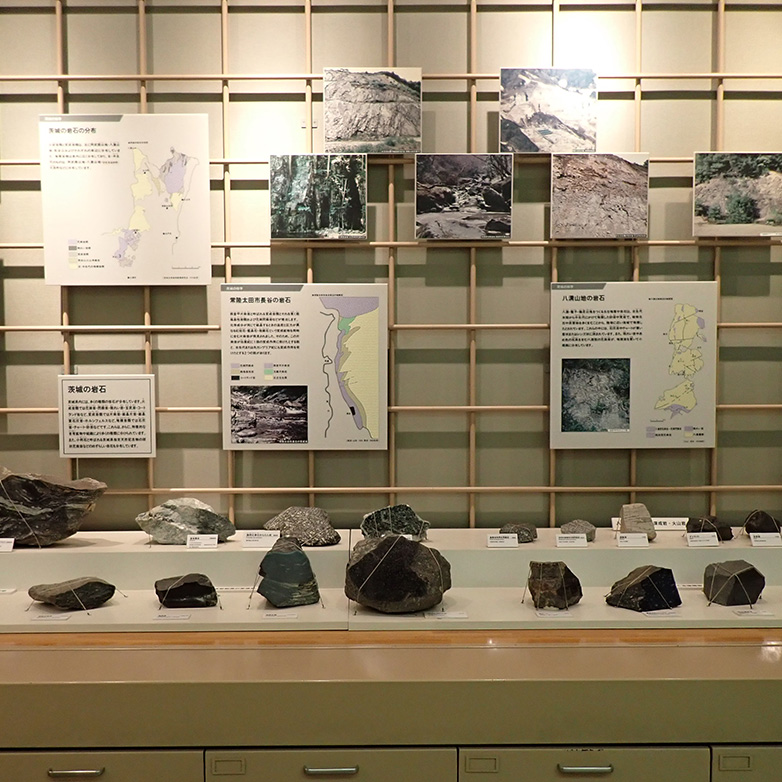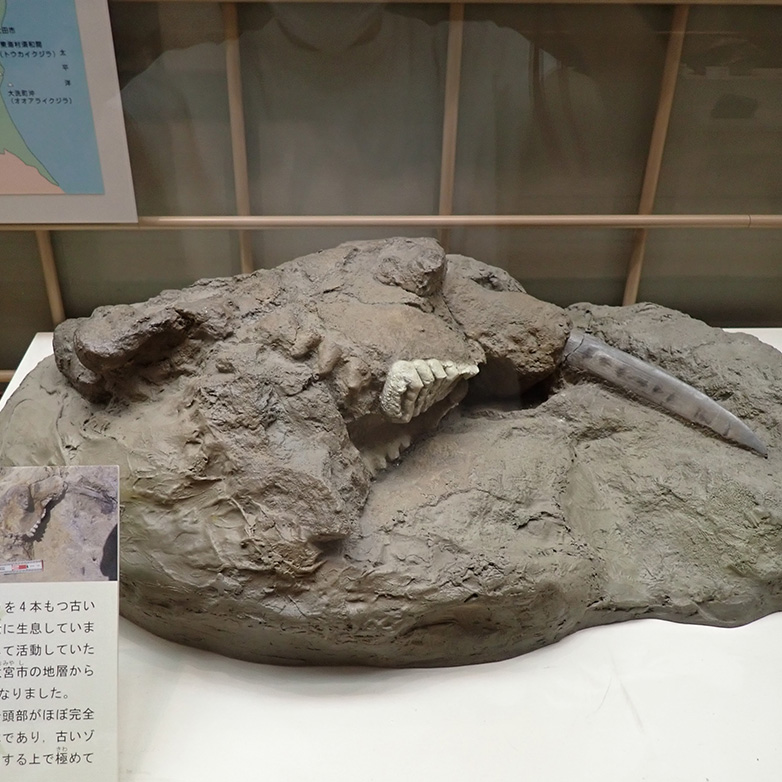Permanent Exhibits
Symbolic Exhibits
After passing the entrance, Mammuthus sungari and Nuoerosaurus chaganensis will welcome you all. These are replicas of skeletal fossils produced in the Inner Mongolia Autonomous Region of China, and are exhibited as proof of friendly relations with the Inner Mongolia Museum, which is our sister museum.
The Mammuthus sungari is incorporated as a symbol of the “past” in the logo of the Ibaraki Nature Museum. In addition, a specimen of Metasequoia glyptostroboides planted on the premises of Ibaraki University in 1960 is also on display.
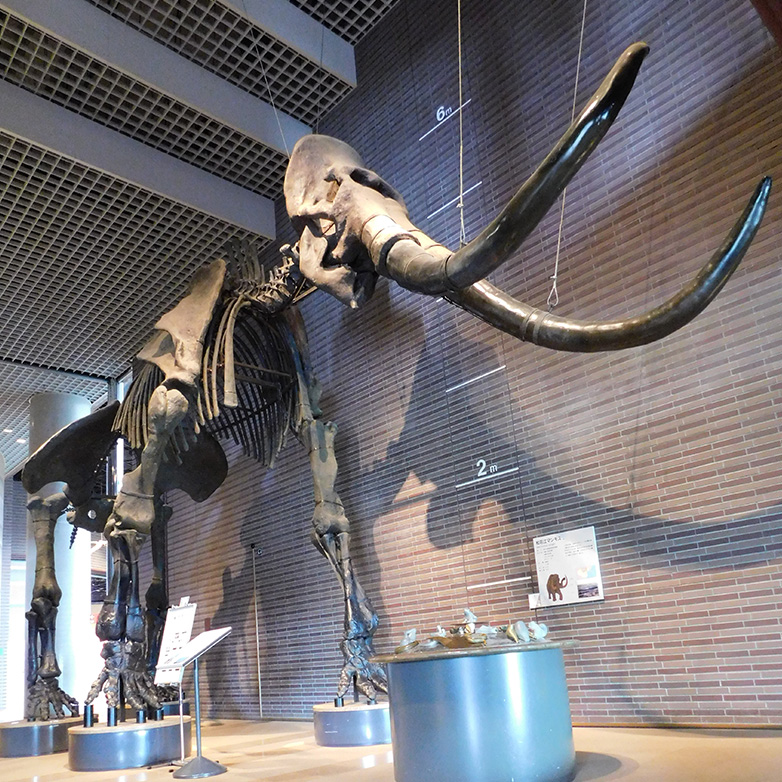
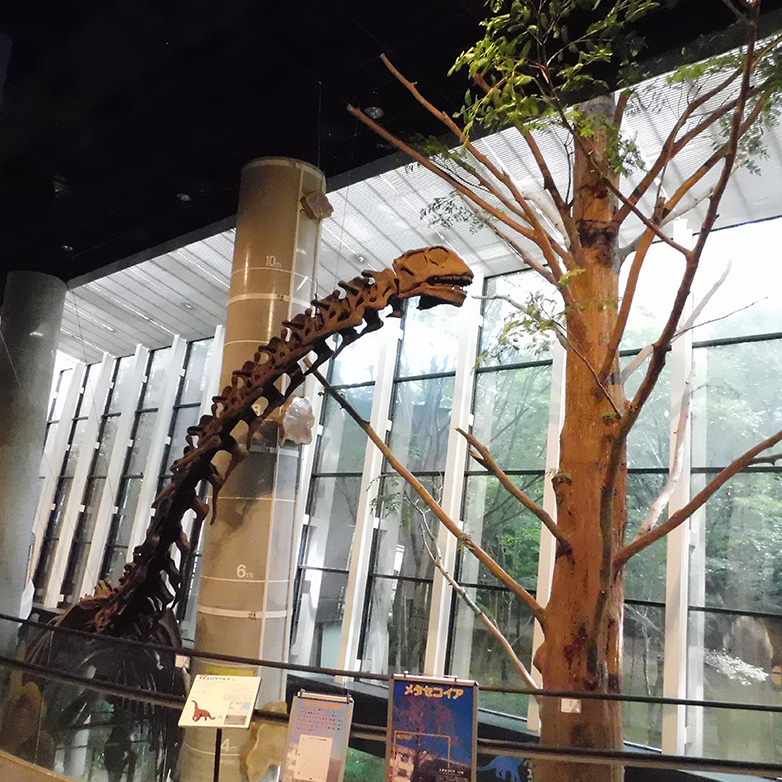
Metasequoia glyptostroboidesHeight 12m
Comprehensive Ehibits
Exhibition Room 1 “The Evolving Universe”
There are various “wonders” in the universe !!
What sort of celestial bodies are there in the solar system? What secrets lie in meteorites?
This exhibition room introduces the features of various galaxies, the sun, and the planets of the solar system. Let’s explore the terrain, atmosphere and temperature of Mars and Venus while enjoying what being on a spaceship is like.
Various meteorite specimens are on display. Meteorites are valuable materials for understanding extraterrestrial materials and for exploring the mysteries of the birth of the solar system. Let’s explore the secrets of meteorites.
| Main exhibits | The Real Faces of Venus and Mars, Various meteorites, The Sun, The Earth, The Moon and Venus |
|---|
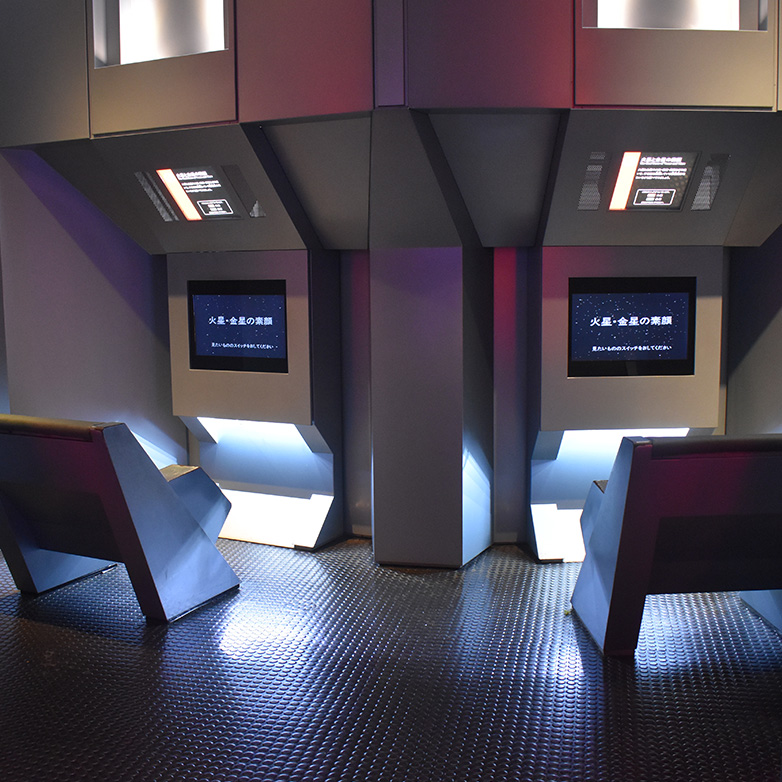
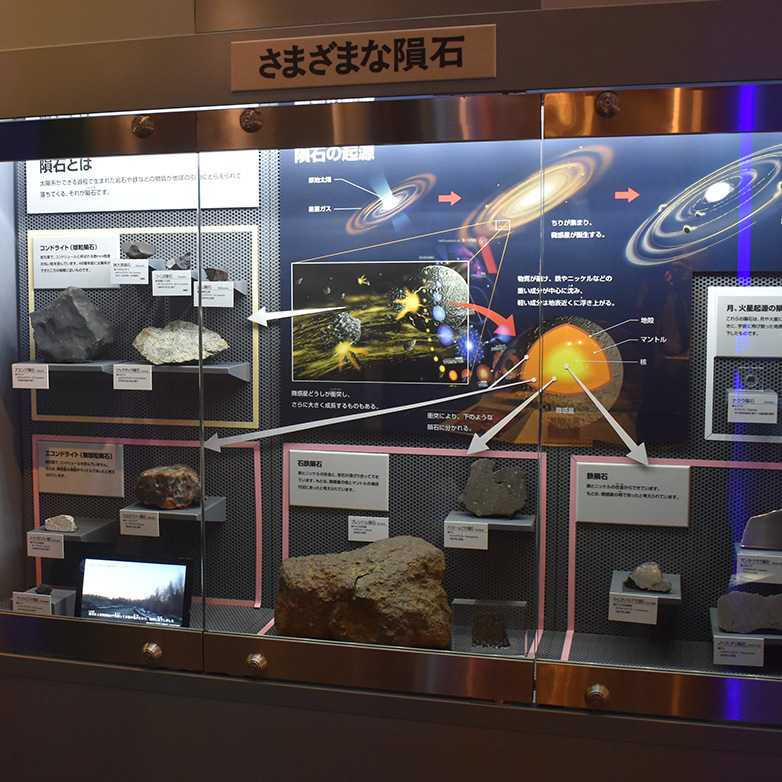
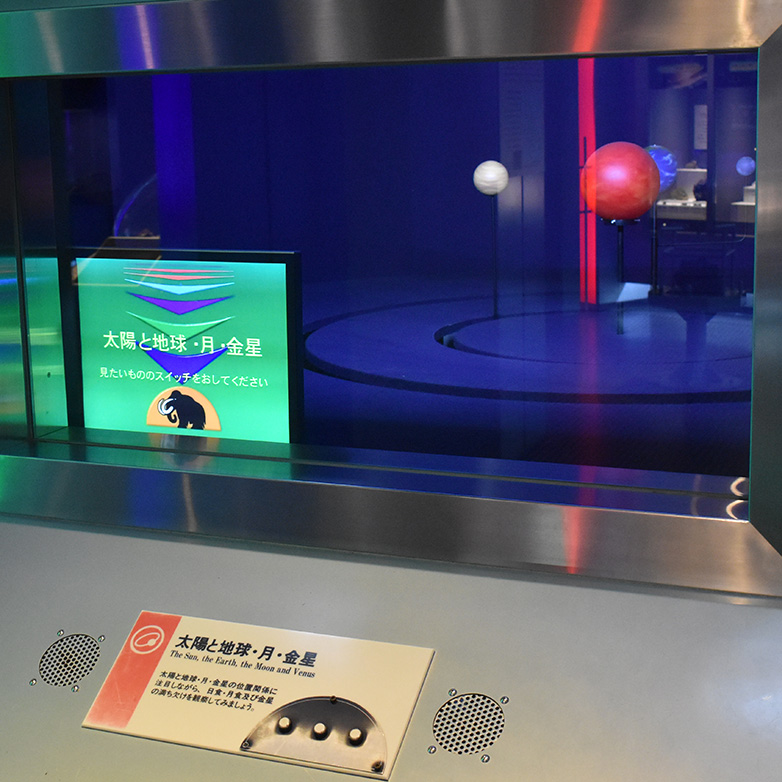
Exhibition Room 2 “History of the Earth”
A trip of 4.6 billion years is a series of surprises -following the evolution of living things from the birth of the earth-
In this exhibition room, we introduce the life of the earth through various rocks, minerals, fossils, etc. that make up the earth.
Over the years, rocks are crushed into small pieces, carried by water and wind, and eventually deposited in the sea to form strata. The strata record information about the Earth’s past, much like the pages of a book.
Also, fossils found in the strata of various eras tell us about life in ancient times. Let’s take a look at various fossils from the birth of life from about 3.8 billion years ago to the Precambrian, Paleozoic, Mesozoic, and Cenozoic eras, to see how they evolved over time.
| Main exhibits | Where Minerals are Made, The saber-toothed Cat, Life of the Dinosaurs (renewed in March 2017) |
|---|
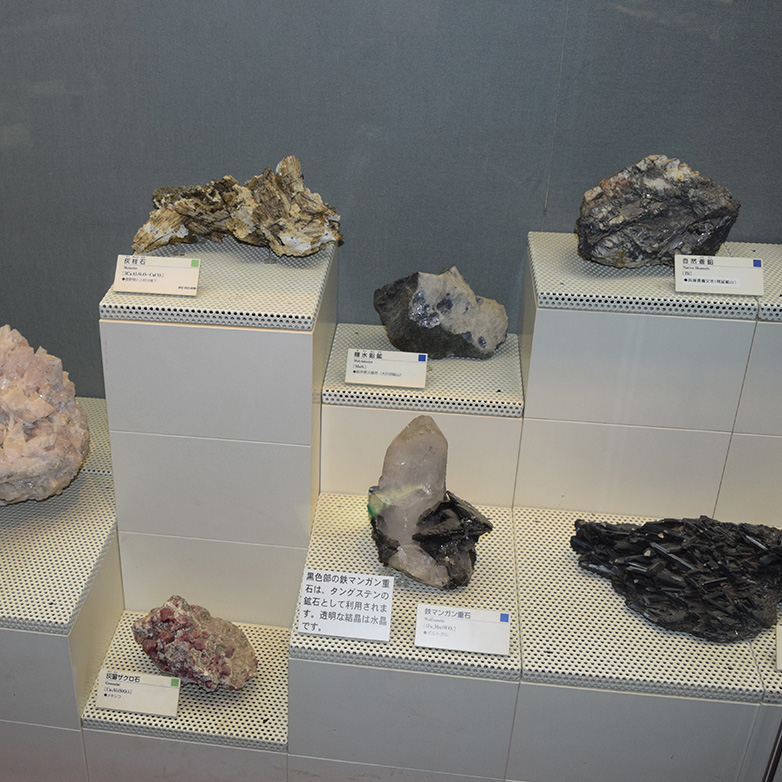
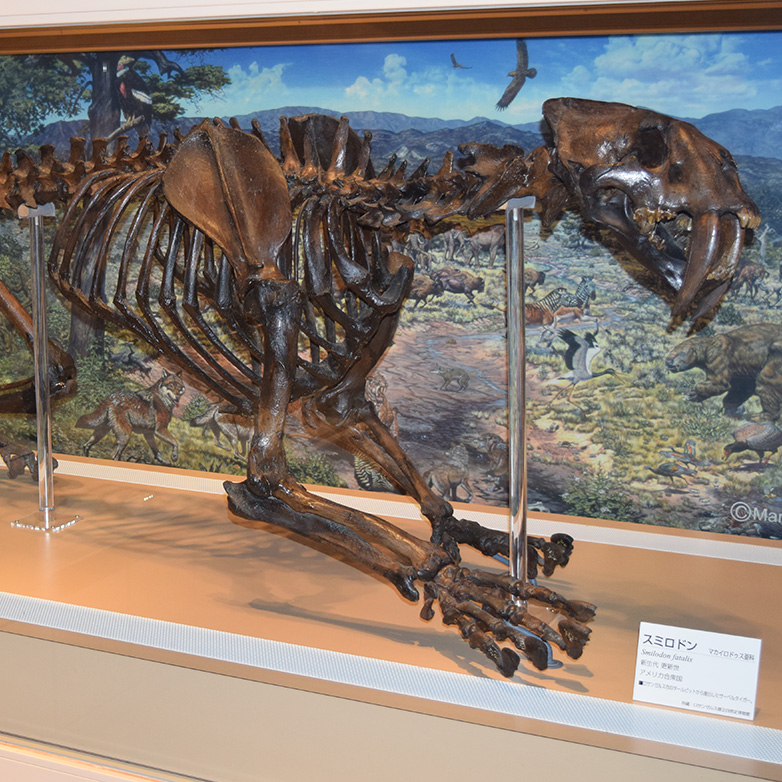
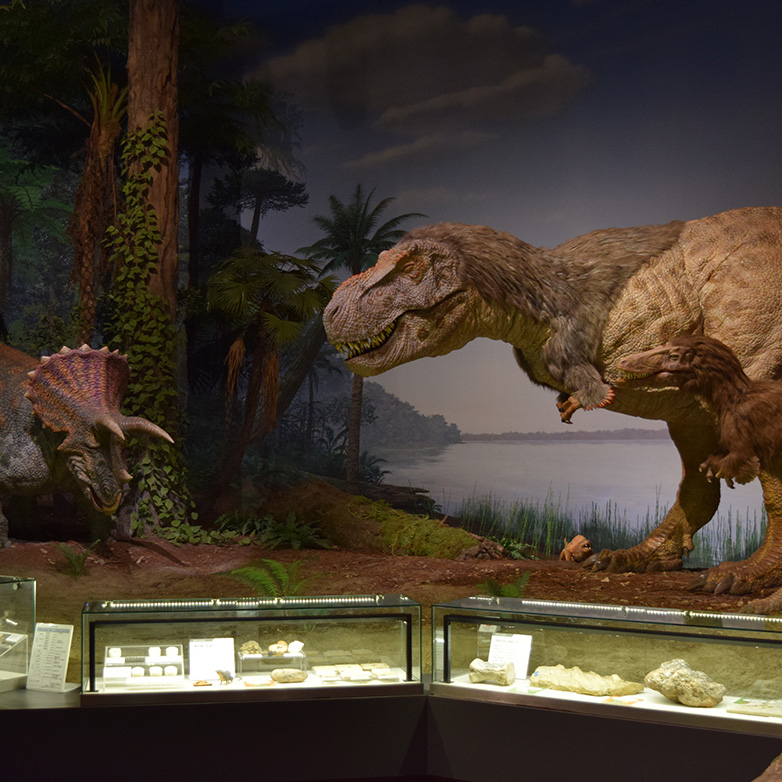
Exhibition Room 3 “The Systems of Nature”
Become a bird, insect or fish and see a new perspective of nature
On earth, a wide variety of creatures such as animals, plants, and microorganisms live in different environments such as air, soil, and water.
In addition, these creatures use solar energy as a source and create a cohesive ecosystem while interacting with each other by eating and being eaten. In this corner, you will be introduced to various creatures in the world that live in different environments (forests, lakes, oceans, etc.) in an easy-to-understand manner using documents, dioramas and living organisms.
| Main exhibits | A wide variety of creatures on the earth, the mystery of coelacanths, creatures in the soil (diorama), forest ecosystem (diorama), river / lake / sea ecosystem (water tank, diorama) |
|---|
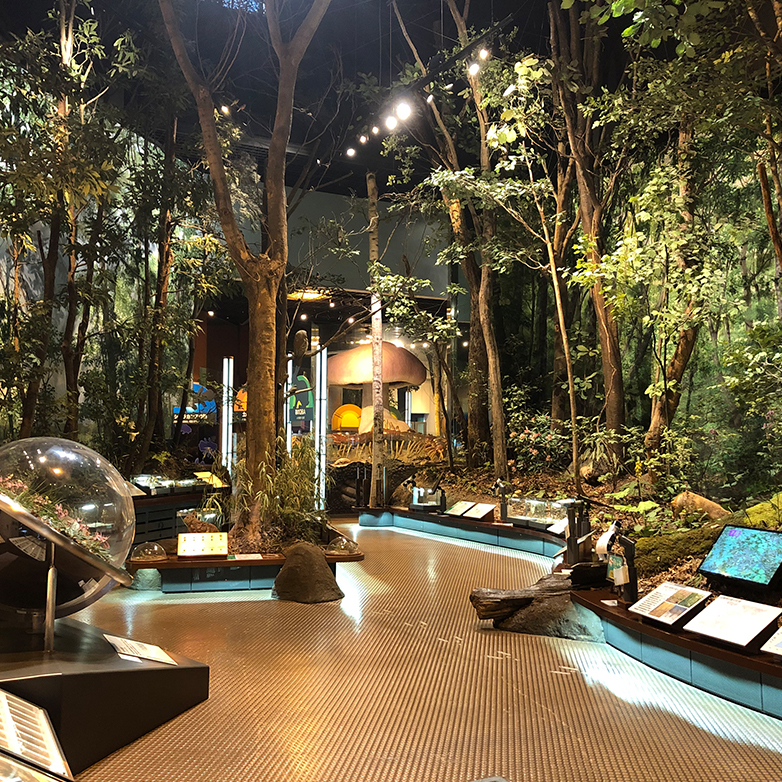
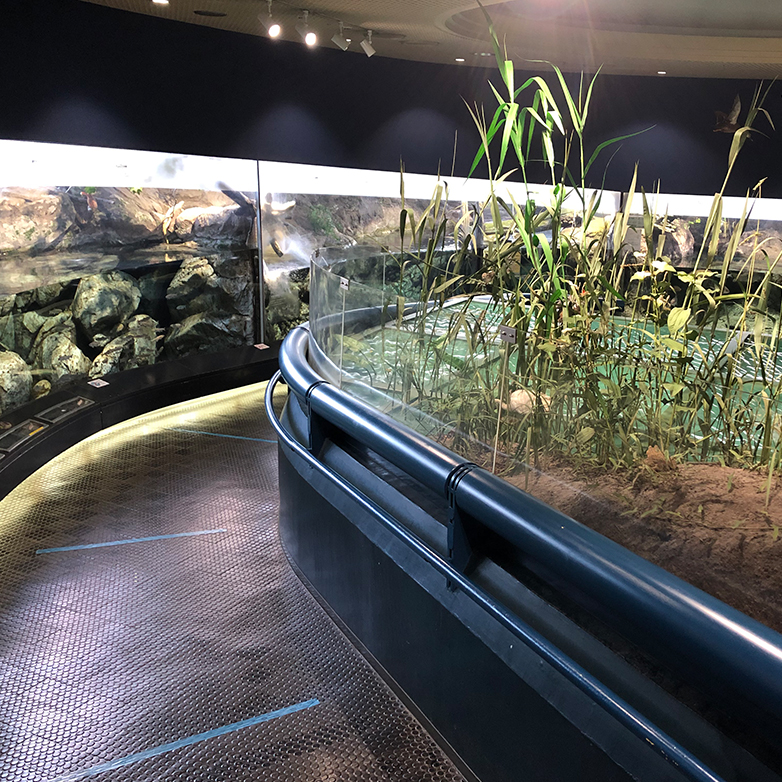
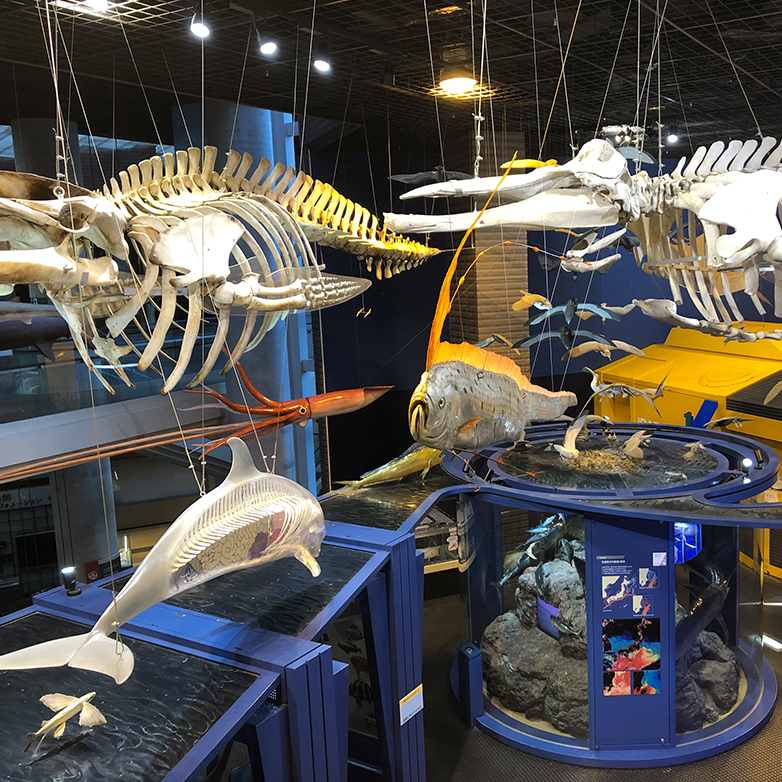
Exhibition Room 4 “The Mechanisms of Life”
Mysterious mechanism of life
In this exhibition room, specimens, models, images, etc. are used to introduce the body composition of living creatures and how animals and plants breed and grow. While observing skeletal specimens and beautiful insect specimens up close, you can compare the differences in body structure and learn the skillful of spreading of seeds from variously shaped seed specimens and models. Let’s think about the mystery of life by learning the interesting mechanism that creatures have inherited from ancient times in nature!
| Main exhibits | Diversity of insects,Mechanism of seed spread,Mechanism of the body of living things |
|---|
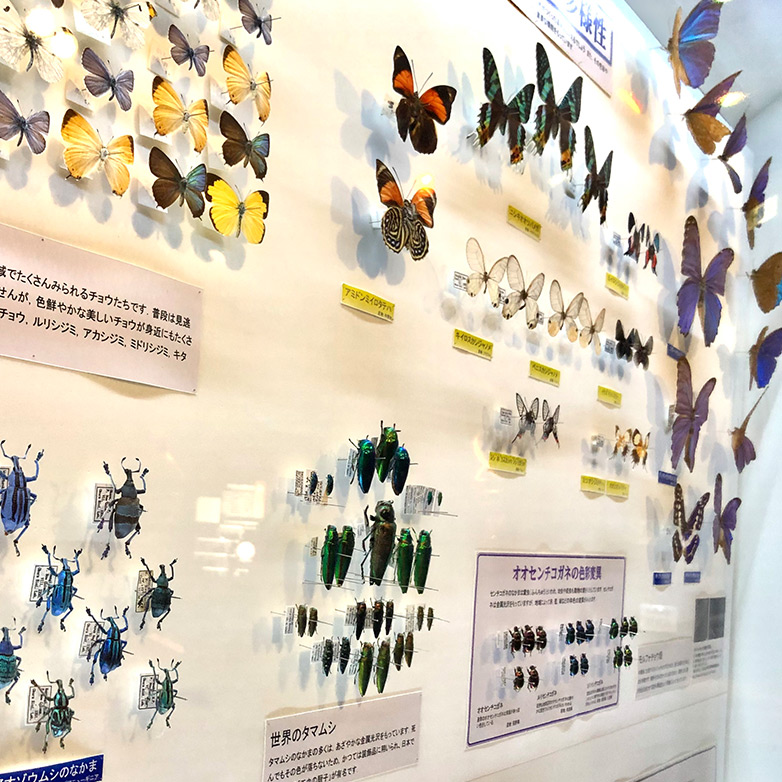
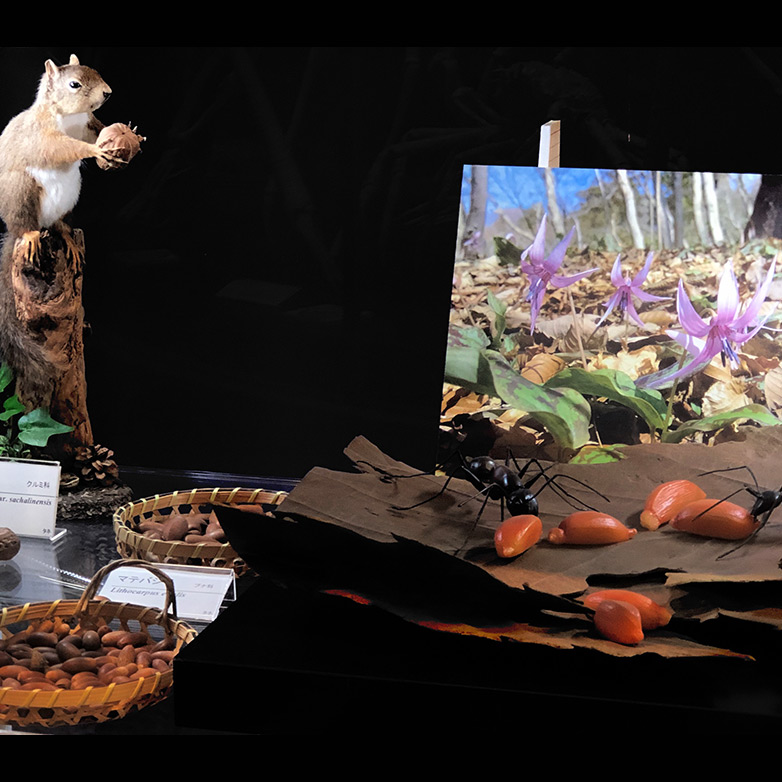
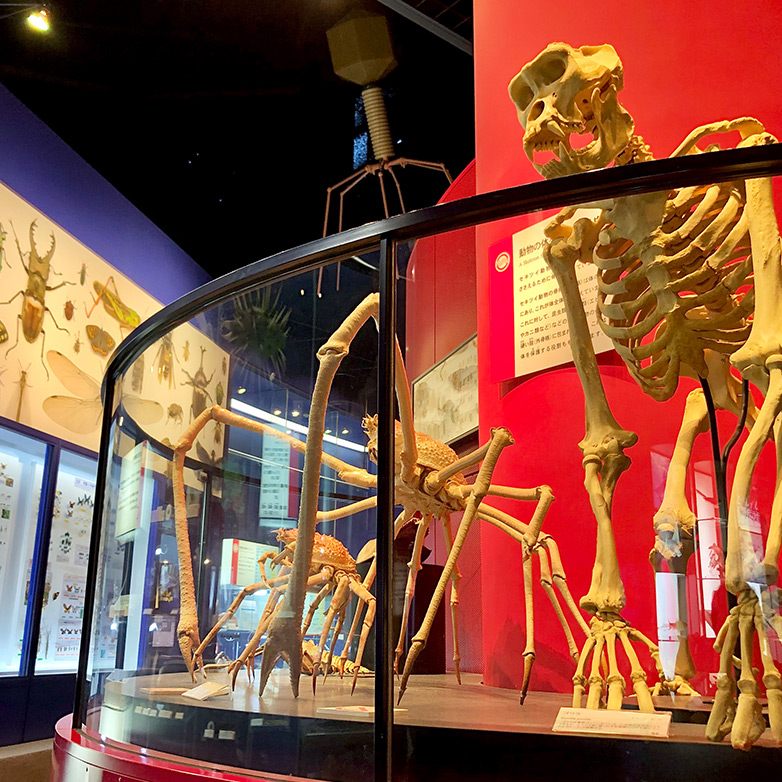
Exhibition Room 5 “Humans and the Environment”
Present earth, and Future earth-What is the relationship between humans and the global environment? –
There is only one earth for all animals and plants. However, there are many creatures whose survival is threatened due to changes in the environment brough about by human influence. In this exhibition room, you can learn about the natural environment of Ibaraki prefecture where we live, the diversity of creatures, extinct species, and endangered species. You can also learn about efforts to improve the environment. Let’s think about the impact of human influence on the natural world and the future of the earth.
| Main exhibits | Endangered animals, Ibaraki’s natural environment, Red Data Book |
|---|
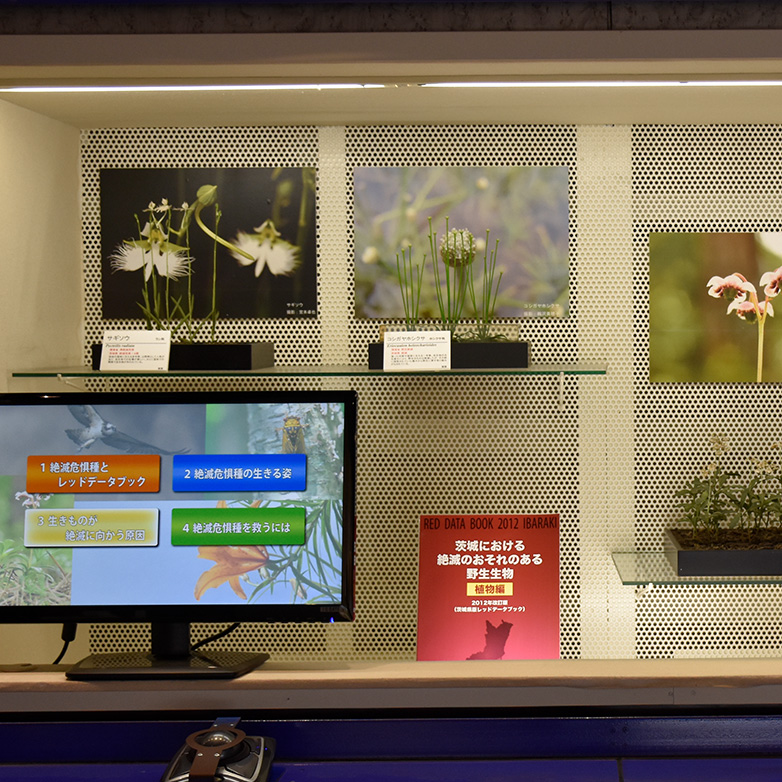
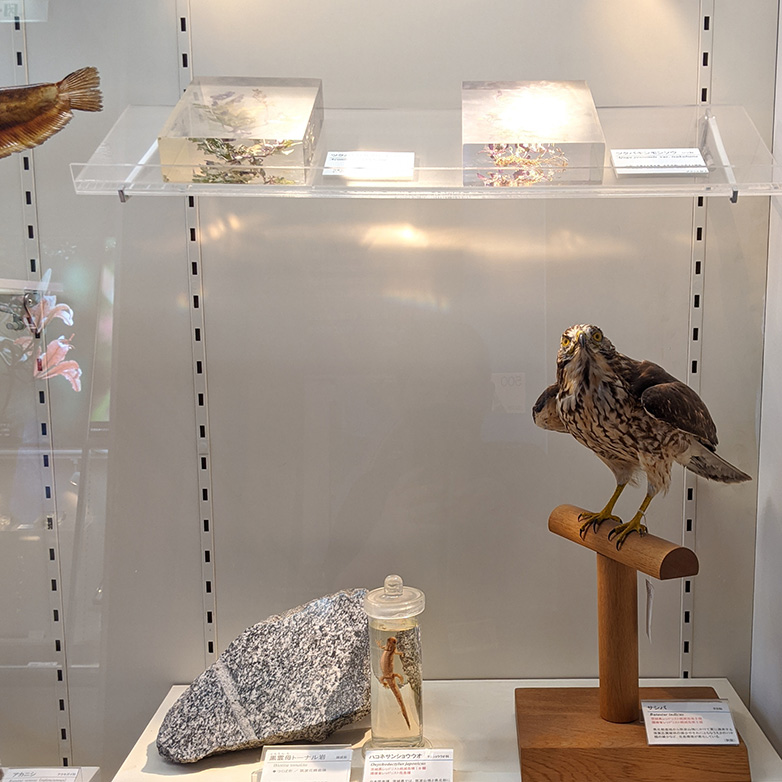
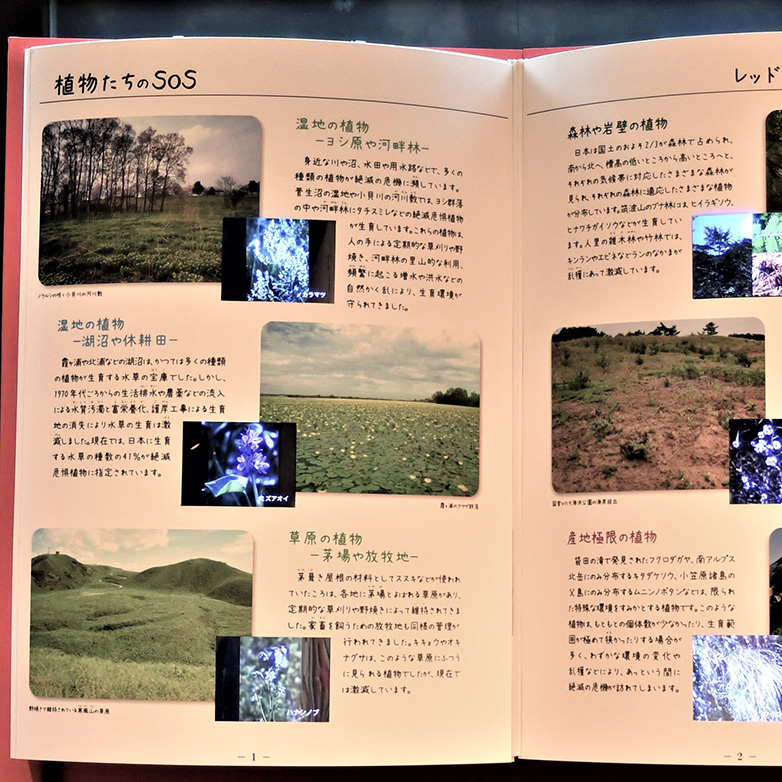
Department exhibition
Plants
The highlights of this exhibition include a three-dimensional model showing the thickness and decline of all beech trees growing on Mt. Tsukuba, and an introduction to plants that were first found in Ibaraki Prefecture such as aconitum (wolf’s bane) and saxifraga stolonifera (strawberry begonia), and endangered plants found in the wetlands of Ibaraki such as viola raddeana, galium tokyoense and apodicarpum ikenoi. In addition, we also introduce taxa such as slime molds, moss plants, and seed plants that grow in Ibaraki, along with their life cycle.
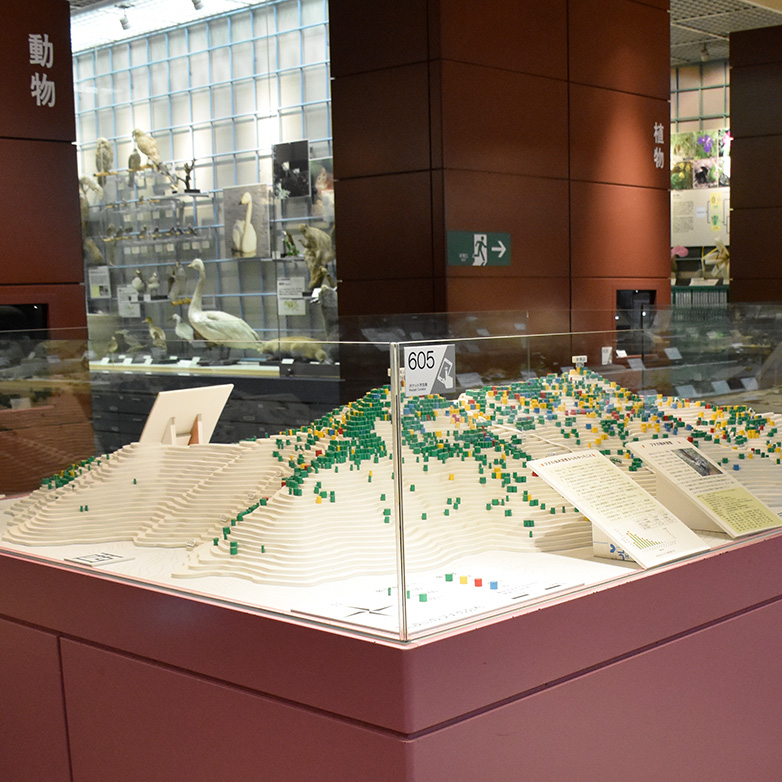
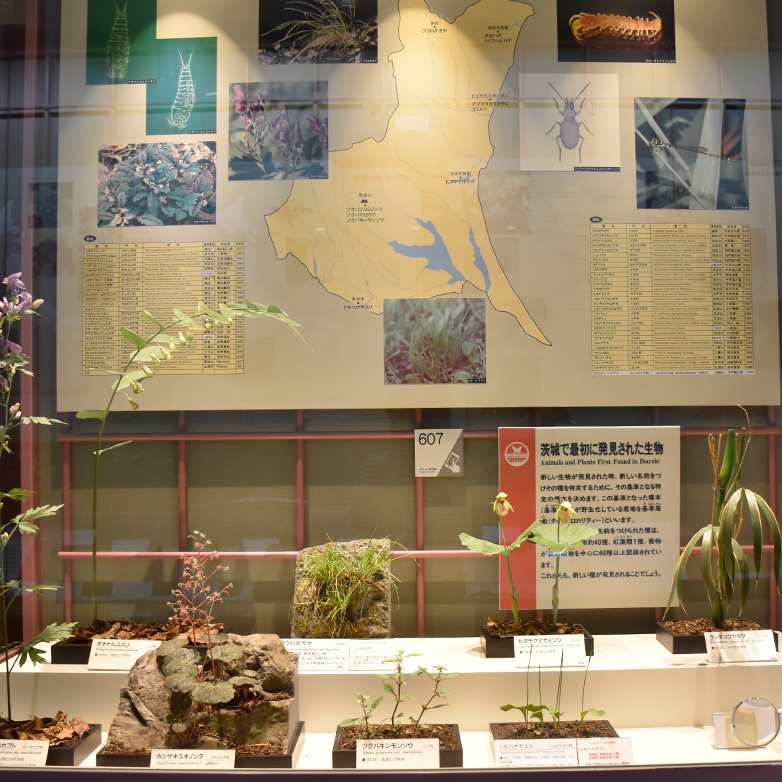
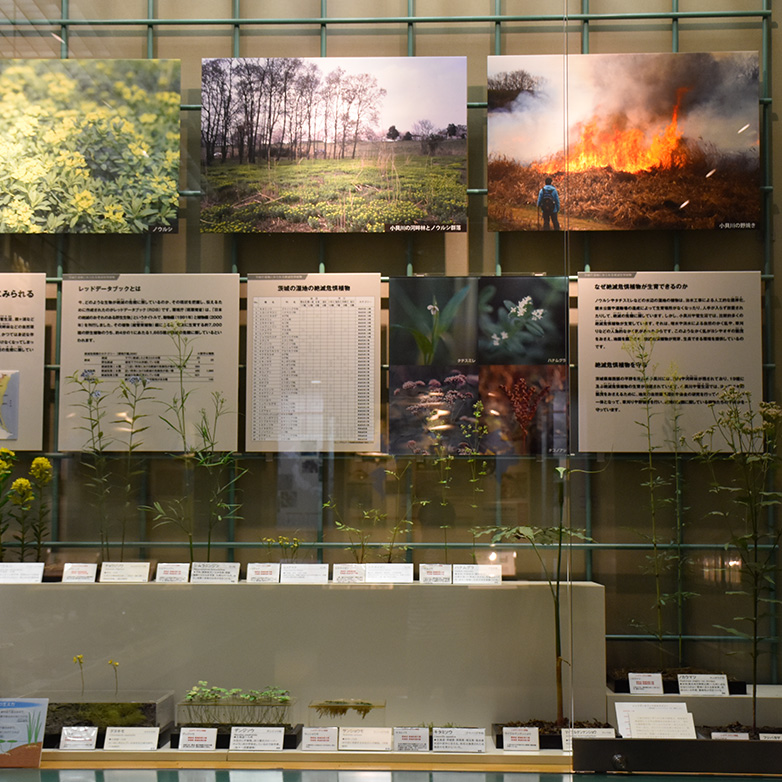
Animals
The evolutionary process of animals inhabiting Ibaraki is exhibited as invertebrates, fish, amphibians, honeybees, birds, and mammals. In addition, many actual specimens are also displayed in the drawer. Finally, we introduce animals that live in Ibaraki, creatures of Mt. Tsukuba, and non-native species.
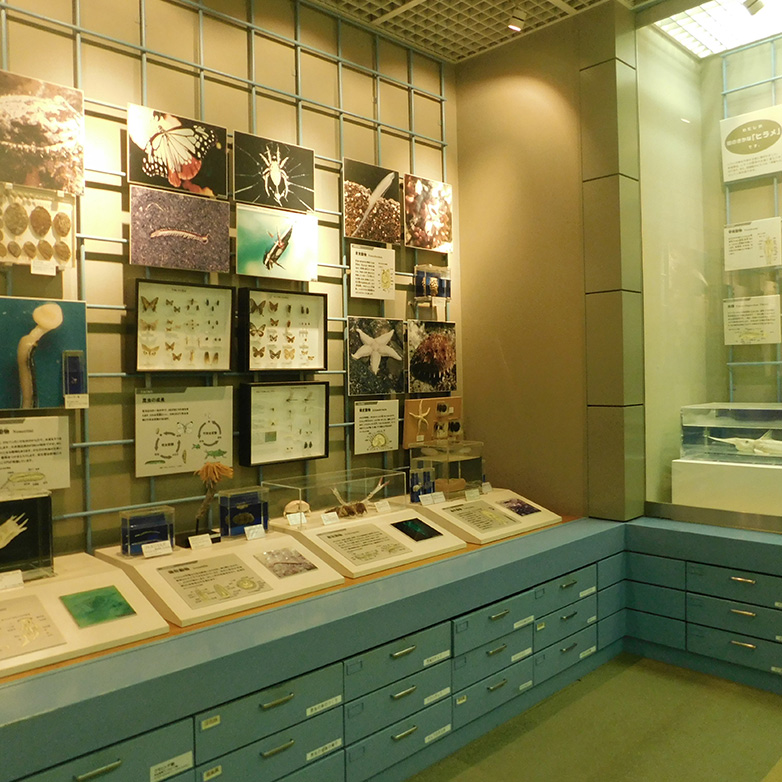
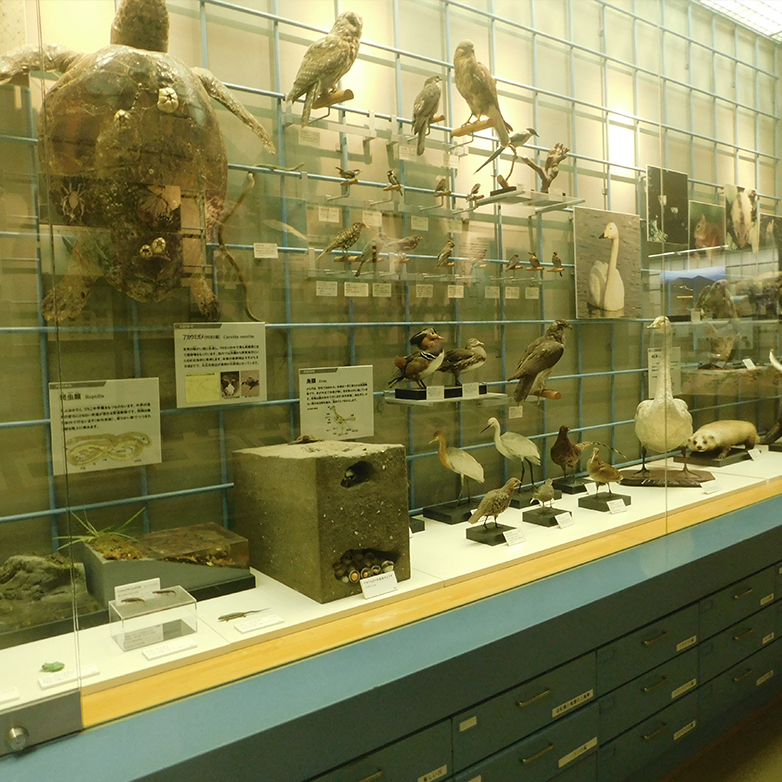
Geology
The rocks and minerals that make up the land of Ibaraki and various fossils found in Ibaraki from the Paleozoic era to the Cenozoic era are exhibited. Among them, the fossil of stegolofodon pseudolatidens (elephants) discovered in Hitachiomiya City in 2011 became a hot topic at that time. In addition, we introduce the fossils of Palaeoloxodon naumanni(Naumann’s elephant)discovered in Ibaraki and the geology and life around Mt. Tsukuba.
